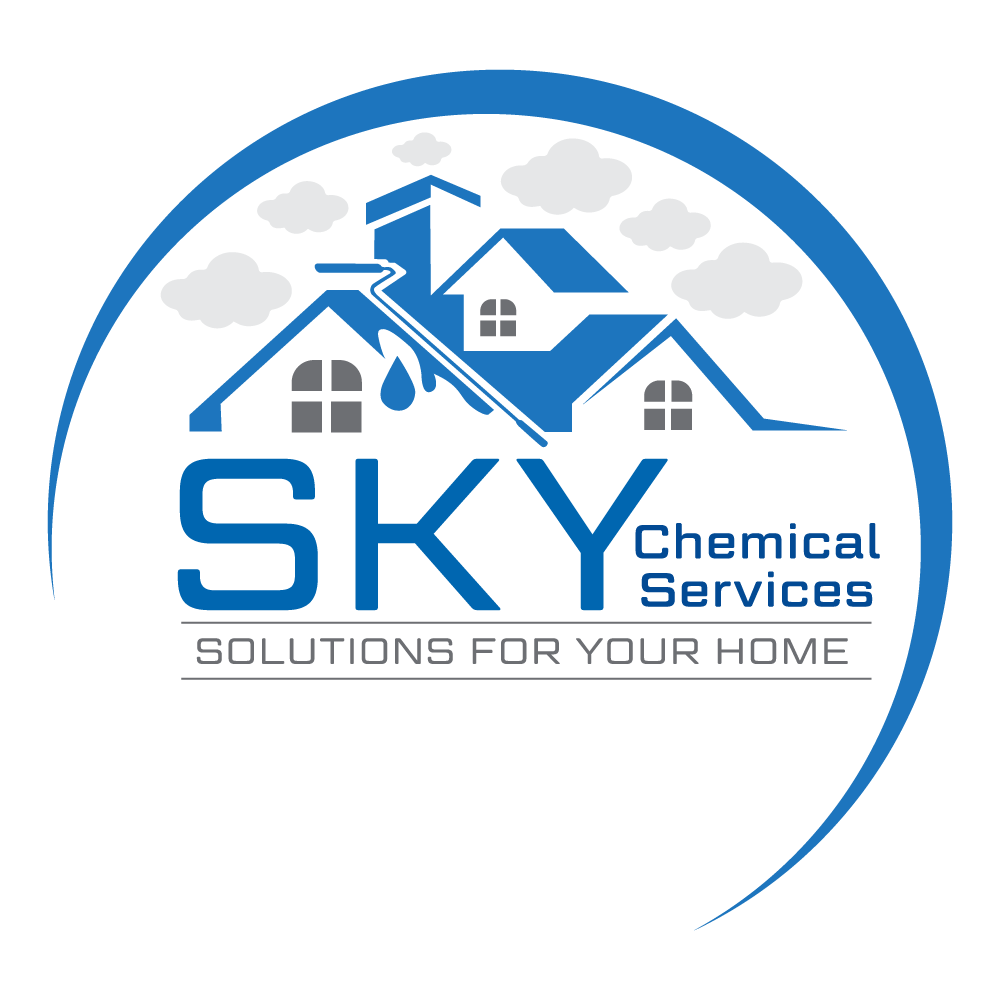Having a leak-free roof is basic for keeping up a secure and comfortable domestic in Pakistan. Whether you live in Karachi, or any other city, taking proactive steps to anticipate roof spills can spare you from expensive repairs and guarantee the life span of your roof. In this web journal post, we are going talk about a few simple steps you’ll take to keep your roof leak repair.
There are few steps to a leak free roof in Pakistan:
Regular Checking – Roof Leak Repair
Regularly checking your roof is absolutely essential for identifying and addressing any potential issues before they escalate into more serious problems, such as major leaks or extensive water damage. It’s recommended to perform visual inspections at least twice a year, particularly after heavy storms or extreme weather conditions, to ensure your roof is still in top condition. To conduct a thorough inspection, grab a pair of binoculars or a ladder if it’s safe to do so, and carefully examine your roof for any signs of damage or deterioration. Look for missing or damaged shingles, cracked or loose flashing, visible wear and tear, or sagging areas that might indicate structural issues.
Pay attention to areas around chimneys, skylights, vents, and gutters, as these are common spots for leaks to develop. Flashing, which is designed to direct water away from vulnerable areas, can deteriorate over time and may need to be resealed or replaced. Additionally, look for any signs of moss, algae, or mildew, which can indicate moisture retention and potentially lead to rotting or weakening of the roof materials. If you notice anything unusual or signs of damage, it’s best to reach out to a professional roofing contractor in Pakistan to address the problem as soon as possible. Prompt repairs can help prevent further damage, such as leaks that might lead to mold growth, insulation damage, or costly repairs down the road.
By conducting these regular roof inspections, you can catch minor issues early on and avoid the need for more extensive and expensive repairs. Taking this proactive approach helps ensure the longevity and durability of your roof, protecting your home from the elements and preserving its overall value. Remember, a well-maintained roof not only prevents leaks but also helps maintain energy efficiency and reduces long-term maintenance costs.
Read More
Which Type of Tiles Are More Resistant to Water and Heat?
Which Protective Coating Can Be Applied on Galvanized Steel?
What is the Best Concrete Ratio for Waterproofing?
Roof Ventilation Safety
Maintain Roof Flashing
Regular maintenance is key to keeping your roof in good condition and catching potential problems before they become bigger problems.
Here’s how you can perform regular roof maintenance
- Look for visible damage or signs of wear, such as cracks or missing shingles.
- 2. Remove all debris such as leaves or branches from the roof and gutters to prevent clogging and pooling.
- Trim any overhanging tree branches that could damage your roof during a storm.
- 4. Check your roof for leaks or water stains as these can indicate roof damage.
- 5. Schedule professional inspections at least once a year to thoroughly assess your roof and its condition.
Read More
Which Heat Proofing Material is the Best?
Which Coating is Best for High-Heat Conditions?
Is Acrylic Roof Paint Waterproofing?
Clean Downspouts
Cleaning downspouts is an important part of maintaining your roof and drainage system. Downspouts are vertical pipes that carry rainwater from your downspouts to the ground. By regularly cleaning the rainwater pipes, you ensure the free flow of water and avoid potential problems. It’s smart to include drain cleaning as part of your routine maintenance.
Another option is to use a plumber and a snake or a long flexible stick to push the plug through the downspout. Insert the snake or stick into the downspout and gently move it up and down to remove the blockage. After removing the blockage, run water through the downspout to make sure it flows freely.
If the water is still not draining properly, it may be a more serious problem that needs professional help. Remember that regular gutter cleaning is essential, especially after heavy rain or in the fall when leaves are more likely to accumulate. By keeping your gutters clean, you help maintain the overall condition and functionality of your gutter system.
A roof leak repair is important to protect your home from water damage, especially in a country like Pakistan where heavy rains are common. By following these simple guidelines, such as regular inspections, shingle repairs, gasket inspection and sealing, and fan maintenance, you can ensure that your roof remains leak-free.
Are you irritated with constant leaks in your roof? Connect with Sky Chemical Services today!
